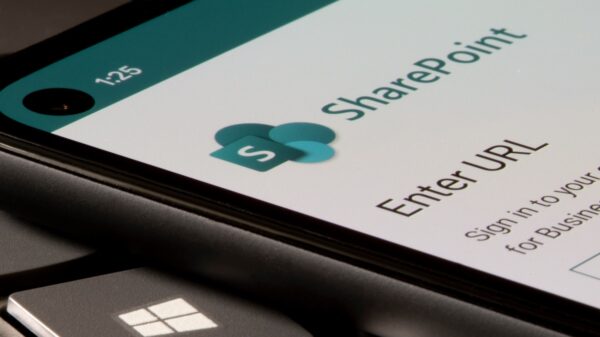The recent exploitation of a zero-day vulnerability in the GoAnywhere managed file transfer (MFT) software has been linked by a cybersecurity firm to a known cybercrime group that has likely attempted to exploit the flaw in a ransomware attack.
On February 1, Fortra alerted GoAnywhere MFT users about a zero-day remote code injection exploit. The vendor immediately provided indicators of compromise (IoCs) and mitigations, but released a patch only a week later.
Users, particularly those who are running an admin portal that is exposed to the internet, have been instructed to urgently install the patch.
There appear to be more than 1,000 internet-exposed instances of GoAnywhere. However, according to the vendor, exploitation requires access to the application’s admin console, and at least some of the exposed instances are associated with the product’s web client interface, which is not impacted.
No information was made available about the attacks exploiting the vulnerability, but managed endpoint detection and response firm Huntress reported this week that these attacks may have been conducted by a known cybercrime group. The company reached the conclusion after analyzing an attack detected in a customer environment on February 2.
Huntress has linked the attack to a malware family named Truebot, which was previously associated with a Russian-speaking threat actor named Silence. This group has also been linked to TA505, a threat group known for distributing the notorious Cl0p ransomware.
“Based on observed actions and previous reporting, we can conclude with moderate confidence that the activity Huntress observed was intended to deploy ransomware, with potentially additional opportunistic exploitation of GoAnywhere MFT taking place for the same purpose,” Huntress said in a blog post.
Cybersecurity firm Rapid7 has analyzed the vulnerability and assigned it the CVE identifier CVE-2023-0669. While the product does not belong to Rapid7, the company is a CVE Numbering Authority and it can assign CVEs to flaws found in the products of other vendors.
Related: Patch Tuesday: Microsoft Plugs Windows Hole Exploited in Ransomware Attacks
Related: Decade-Old Adobe ColdFusion Vulnerabilities Exploited by Ransomware Gang
Related: PetitPotam Vulnerability Exploited in Ransomware Attacks















